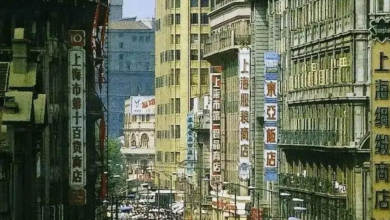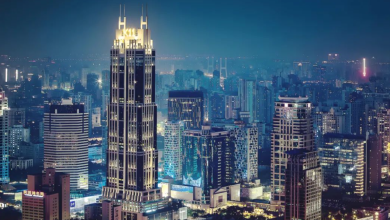Exploring the Hidden Alleys of Shanghai: Local Culture & Charm

Shanghai, often celebrated for its futuristic skyline and bustling financial districts, holds a lesser-known treasure within its heart—the labyrinth of hidden alleys known as longtangs (弄堂). These narrow lanes, tucked away behind the city’s modern façade, offer a glimpse into the authentic local life, preserving a rich cultural heritage that contrasts sharply with the gleaming skyscrapers. Exploring these alleys is like stepping into a time capsule, where tradition and modernity coexist in fascinating harmony.
The Historical Significance of Longtangs
The longtangs emerged in the late 19th and early 20th centuries, a product of Shanghai’s rapid urbanization during its colonial era. Designed to accommodate the growing population, these alleys feature rows of shikumen (石库门) houses—a blend of Western and Chinese architectural styles. The stone-gated residences, with their intricate carvings and compact courtyards, reflect a unique cultural fusion.
Walking through these alleys, one can sense the historical layers—some buildings still bear traces of old advertisements, while others have been repurposed into trendy cafés and boutique stores. The longtangs are not just relics of the past; they are living neighborhoods where generations of Shanghainese have grown up, creating a strong sense of community.
Daily Life in the Alleys
Unlike the fast-paced streets of Pudong or Nanjing Road, the longtangs move at a slower rhythm. Early in the morning, elderly residents practice tai chi in open spaces, while street vendors set up stalls selling jianbing (煎饼, savory crepes) and youtiao (油条, fried dough sticks). The sound of mahjong tiles clinking and neighbors chatting in the local Shanghainese dialect fills the air.
One of the most charming aspects of these alleys is the shared living culture. Due to limited space, residents often socialize in communal areas—hanging laundry on bamboo poles, playing chess on makeshift tables, or simply exchanging gossip. This tight-knit community spirit is rare in modern cities, making the longtangs a precious cultural enclave.
Hidden Gems: Art, Cafés, and Boutiques
In recent years, many longtangs have undergone creative transformations. Young entrepreneurs and artists have breathed new life into these old neighborhoods, converting traditional homes into stylish cafés, art galleries, and vintage shops.
Tianzifang (田子坊), one of the most famous renovated longtangs, is a maze of narrow lanes packed with indie boutiques and cozy cafés. Here, visitors can sip hand-brewed coffee while admiring preserved shikumen architecture. Similarly, Anfu Road (安福路) blends old-world charm with hipster culture, offering everything from artisanal bakeries to avant-garde theaters.
These spaces showcase how Shanghai’s historical heritage can adapt to contemporary trends without losing its soul. The contrast between old brick walls and modern murals, between traditional tea houses and third-wave coffee shops, creates a dynamic cultural landscape.
Preserving the Past in a Modern City
As Shanghai continues to evolve, many longtangs face the threat of demolition to make way for new developments. However, preservation efforts have gained momentum, with some areas being designated as cultural heritage sites. The challenge lies in balancing modernization with conservation—ensuring that these alleys remain vibrant parts of the city rather than mere tourist attractions.
For travelers seeking an authentic Shanghai experience, venturing into the longtangs is a must. Beyond the neon lights of the Bund and the luxury malls of Xintiandi, these alleys reveal the city’s true character—a place where history, culture, and daily life intertwine seamlessly.
Conclusion
Shanghai’s hidden alleys are more than just architectural relics; they are the soul of the city. The longtangs tell stories of resilience, adaptation, and community, offering a rare glimpse into the lives of ordinary Shanghainese. Whether it’s sipping tea in a century-old courtyard or discovering a hidden art studio, exploring these alleys is a journey through time—one that captures the enduring charm of Shanghai’s local culture.





